
Comprehensive Economic Partnership Agreement of India and Japan
India-Japan Comprehensive Economic Partnership Agreement or CEPA is the continent's trade diplomacy benchmark. The agreement was signed in 2011 and became operational after a few months. CEPA has re-defined the bilateral trade, encouraged investment flows, and deepened economic and cultural ties between two of Asia's giant economies.
As India opens its economic wings in the rest of the world, reference has to be made to the CEPA with Japan — not just for policymakers, but also for importers, exporters, and businessmen who desire greater integration in East Asia.
What is the Comprehensive Economic Partnership Agreement (CEPA)?
The CEPA is an economic agreement of a whole-of-nation with wider coverage than that of an FTA. While the FTA, being mainly tariffs slashing in merchandise trade, a CEPA has wider coverage — merchandise trade, services trade, investment, intellectual property rights, mobility of people, and government procurement fall within its ambit.
The Comprehensive Economic Partnership Agreement between Japan and the Republic of India or the India–Japan CEPA was signed on 16 February 2011 and came into force from 1 August 2011.
It is generally aimed at increasing cross-trading and investment by lowered or phased-out tariffs and market opening in nations.
Background of the India–Japan CEPA
There exists shared history of mutual comprehension among India and Japan in respect as well as shared economic interest. Japan investment has been one of the leading sources of FDI to India, while Indian industry holds human resource potential as well as massive market opportunities for Japanese technology and goods.
Prior to CEPA, the two nations were cut off from economic exchange through a chain of barriers in the way of high tariffs, bureaucratic customs protocols, and regulation of service providers. CEPA sought to turn this around by putting in place a framework of rules to:
- Unshackle the cross-border movement of goods and services
- Encourage investment
- Enhance business partnership
- Secure intellectual property rights (IPR)
- Streamline customs and certification processes
Briefly, CEPA was the prelude to a new phase of economic cooperation between India and Japan.
Key aims of India–Japan CEPA
Comprehensive Economic Partnership Agreement (CEPA) has been founded on a laundry list of aggressive factors, i.e.:
1. Phasing out or reduction of custom duties on the vast majority of goods traded between Japan and India.
2. Liberalization of trade in services, i.e., IT, education, healthcare, finance.
3. Facilitation of investment under the veil of law and resolution of disputes.
4. Protection of intellectual property to encourage innovation and technology transfer.
5. Free movement of natural persons subjecting human capital and professionals to increased mobility across borders.
6. Transparency and better business environment.
7. Key aims for CEPA Agreement is promoting sustainable development, balancing economic progress with environmental conservation.
Aiming at these aims, CEPA aimed at an end result of win-win for the two economies.
Key Features of CEPA
CEPA is a comprehensive 15-chapter document having several annexes to deal with all the issues of two-way trade. Its major aspects are:
a. Trade in Goods
India committed duty-free elimination on nearly 90% of imports from Japan and Japan lowered tariffs on 95% of exports from India.
Benefiting industries are:
- Indian textiles, chemicals, and leather products.
- Japanese automobiles, automobile parts, and electronics
b. Rules of Origin
The agreement provides procedures for opening to ascertain the country of origin of goods in such a way that goods manufactured here indeed obtain tariff benefit.
c. Customs Cooperation
Easy customs procedures and quick clearances guarantee hassle-free trade and rid of delay.
d. Trade in Services
CEPA also opened Indian IT-based service providers in finance, architecture, and health services to Japanese business with lesser restrictions.
e. Investment Protection
The two countries provided equality of treatment to investors and against expropriation, and cross-border investment was safe.
f. People's Movement
One of the best things CEPA has given — to let Indian professionals work in Japan, especially in IT, healthcare, and engineering.
g. Intellectual Property Rights (IPR)
The understanding foresees cooperation on patents, trademarks, and geographical indications, which leads to innovation-led industry.
Impact of the India–Japan CEPA on Trade
- Bilateral trade and investment have been on a steady rise since CEPA began operating.
- Purchases increased value of bilateral trade: Indian-Japanese trade has been increasing leaps and bounds with a figure way above USD 20 billion in recent times.
- Investment: Japan is one of the top five sources of FDI for India with huge investment in the automobile, energy, electronics, and infrastructure sectors.
- Indian export to Japan: Textiles, marine products, gems and jewellery, pharmaceuticals, and machinery have felt the changes.
- Indian imports of Japanese products: Electronic appliances, iron and steel, machinery, and automobiles are the priorities.
CEPA opens for Japan India's huge market and low-cost manpower.
Key Sectors Benefitting Under CEPA
1. Automobile Industry
Japan's motor vehicle industry has grown exceedingly well in India without any hassle of tariffs and direct market access under the Comprehensive Economic Partnership Agreement (CEPA).
2. IT & Software Industry
Indian IT firms have entered Japan with software development, systems integration, and cyber security expertise.
3. Healthcare
Indian medical specialists and nurses along with their expertise have enhanced chances in Japan under the movement-of-natural-person provisions of CEPA.
4. Infrastructure & Energy
Japanese firms such as Toshiba, Mitsubishi, and Hitachi are investing in Indian metro, railway, and clean power projects.
5. Textiles & Leather
Indian exports are facilitated through reduced tariffs on handicrafts, leather, and textiles that make them competitive in Japan.
Implementational Challenges
All these, the CEPA also presents operational challenges:
- Undervaluation of benefit: Exporters don't know preferential tariff treatment under CEPA and don't avail benefits.
- Culture and language: Especially for high-skilled migration services.
- Japanese requirements: Japanese standards of labeling, packaging, and quality continue to be challenging to small exporters.
- Thin awareness: SMEs are not properly provisioned with information on certificate of origin and document requirements.
Resolution of the above issues through facilitation and sensitivity will once again unlock the potential worth of CEPA to its potential.
Opportunities in the Pipeline
CEPA offers Japan and India a strategic chance to expand and diversify supply chains as the global trade architecture becomes more dynamic.
Future prospects include:
- Green energy growth: Solar, wind, hydrogen collaborations.
- Digital economy: Collaborative growth in AI, robots, semiconductors.
- Start-up collaboration: Japanese foreign investors drawn more and more to India's start-up ecosystem.
- Regional footprint: CEPA consistent with other Indo-Pacific free trade pacts for the promotion of free and open regional economy.
How SKMC Global Can Help?
The CEPA Agreement requires a profound knowledge of documentations, compliance, and certification procedures.
Trade facilitation across borders is our area of expertise at SKMC Global — enabling exporters and importers to leverage CEPA. Here is how we can help:
1. Certificate of Origin (COO) facilitation: Support in acquiring CEPA-compatible origin certificates.
2. Duty and tariff calculation: Assignment of HS code and reduction in tariff to which it is liable.
3. Documentary support: Issuance of proper export/import documents for evading delays.
4. Rules consultancy advice: Consultancy advice on compliance to facilitate preferential duty.
5. Procedural and customs consultancy advice: Advance ruling and custom clearance specific advice.
6. Trade consultancy: Strategic consultancy advice on marketing entry under CEPA.
Indian exporters can easily enter the Japanese market and at reduced duty with SKMC Global.
Conclusion
India-Japan CEPA is not only a trade agreement — it is cooperative innovation, cross-growth partnership, and region stability agreement. CEPA has progressed year by year in investment and new field of cooperation.
Where India's "Make in India" and Japan's "Society 5.0" imagination converge, the two nations are already well on their way towards building a sustainable economic alliance that will endure centuries.
Through knowledge and effective utilization of the Comprehensive Economic Partnership Agreement (CEPA), companies can tap into huge trade potential and establish Indo-Japanese relations for generations to come.
Recent Posts
-
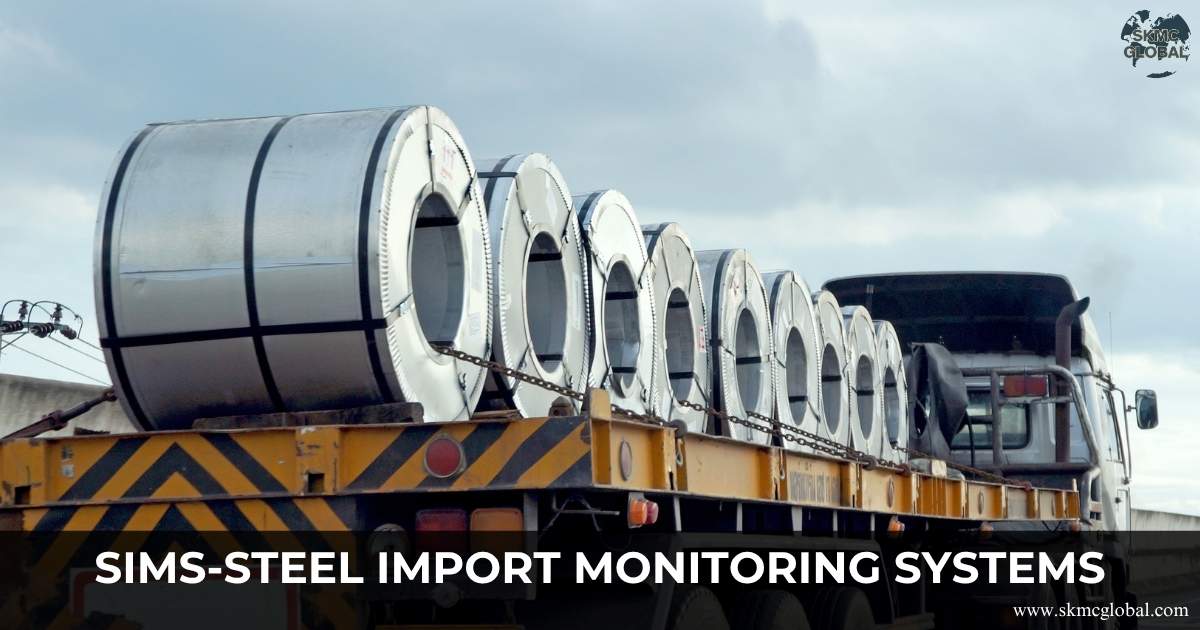 What is SIMS and When It Is Required?...
Nov 10,2025
What is SIMS and When It Is Required?...
Nov 10,2025
-
 What if your SVB investigation does not satisfy cu...
Nov 04,2025
What if your SVB investigation does not satisfy cu...
Nov 04,2025
-
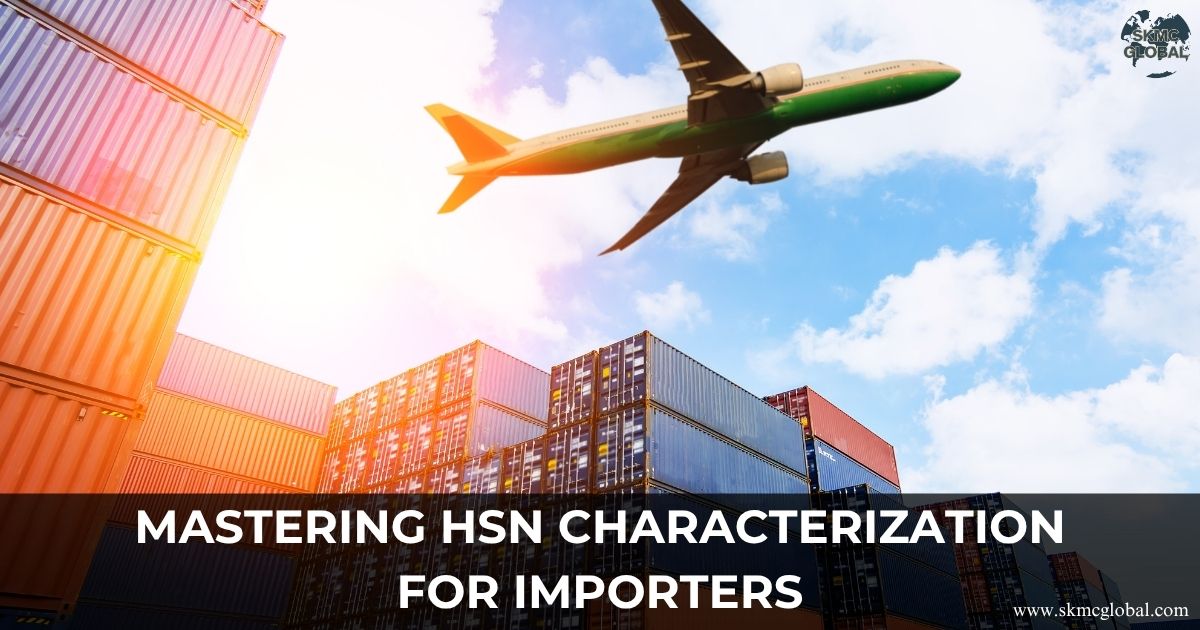 Mastering HSN Characterization for Importers...
Oct 29,2025
Mastering HSN Characterization for Importers...
Oct 29,2025
-
 What is IGCR and How to Take the Benefit?...
Oct 18,2025
What is IGCR and How to Take the Benefit?...
Oct 18,2025
-
 What is CAROTAR and Its Impact on Industry?...
Oct 15,2025
What is CAROTAR and Its Impact on Industry?...
Oct 15,2025
-
 India’s Free Trade Agreement with Europe ...
Oct 14,2025
India’s Free Trade Agreement with Europe ...
Oct 14,2025
-
 Comprehensive Economic Partnership Agreement of In...
Oct 13,2025
Comprehensive Economic Partnership Agreement of In...
Oct 13,2025
-
 Refund under Section 75 of Customs Act, 1962...
Oct 11,2025
Refund under Section 75 of Customs Act, 1962...
Oct 11,2025
-
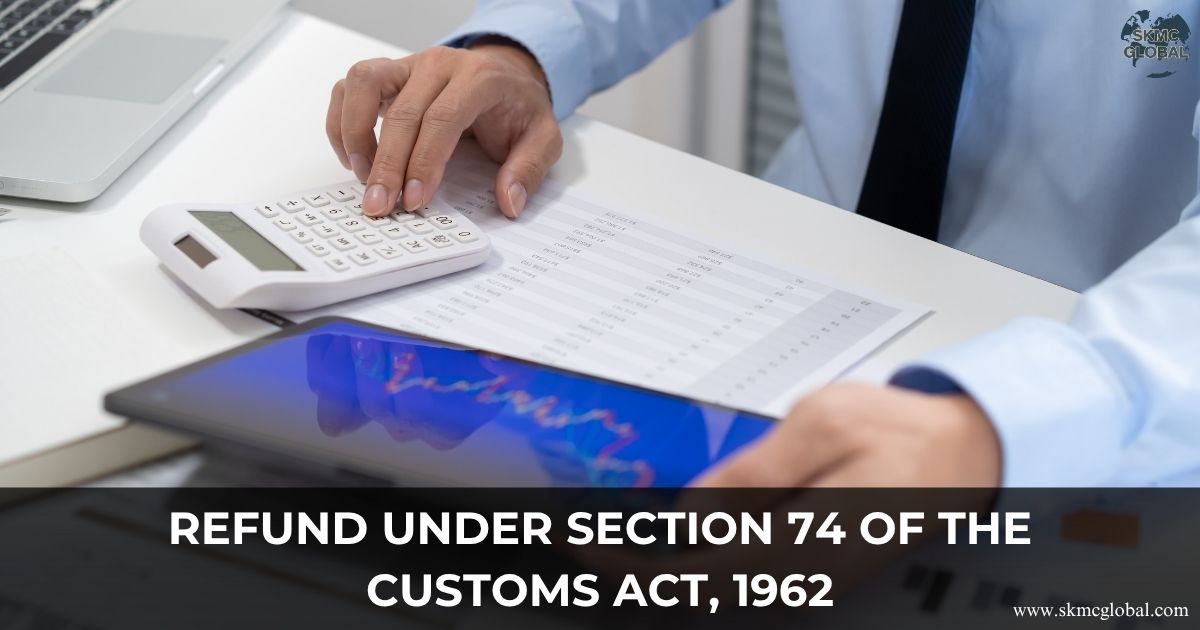 Refund under Section 74 of the Customs Act, 1962...
Oct 10,2025
Refund under Section 74 of the Customs Act, 1962...
Oct 10,2025
-
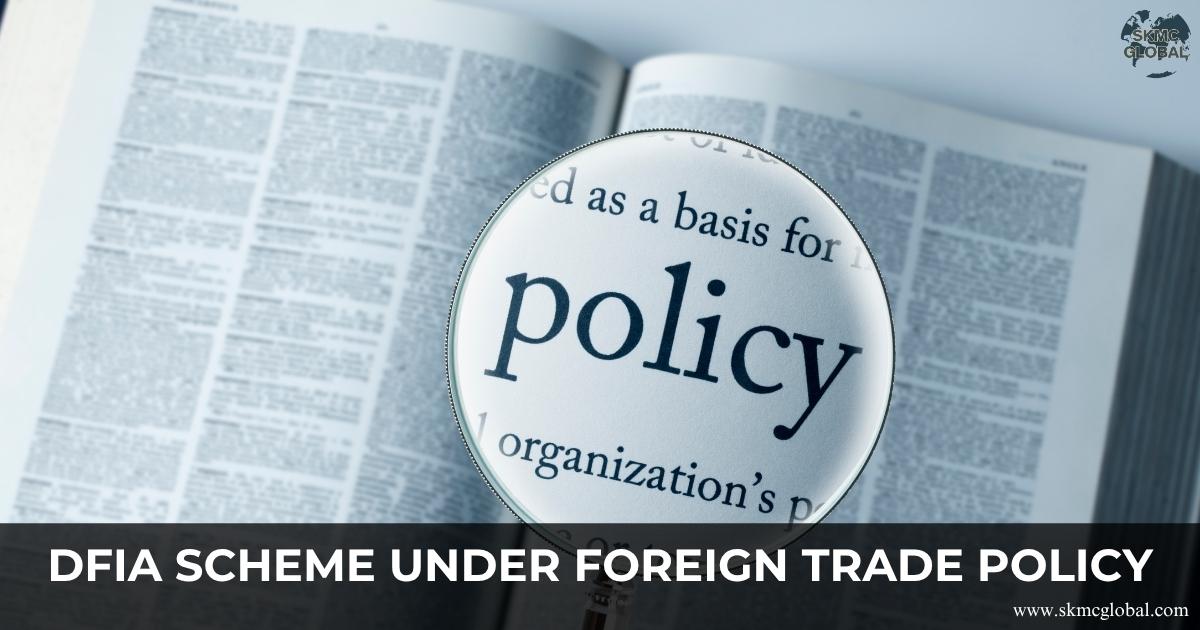 All About DFIA Scheme under Foreign Trade Policy...
Oct 07,2025
All About DFIA Scheme under Foreign Trade Policy...
Oct 07,2025
-
 Navigating BEPS 2.0: Pillar One & Pillar Two in Tr...
Aug 16,2025
Navigating BEPS 2.0: Pillar One & Pillar Two in Tr...
Aug 16,2025
-
 Import license on restricted goods in india...
Aug 07,2025
Import license on restricted goods in india...
Aug 07,2025
-
 Procedure to take ICEGATE Registration...
Aug 06,2025
Procedure to take ICEGATE Registration...
Aug 06,2025
-
 Procedure to setup an ESOP Trust...
Aug 01,2025
Procedure to setup an ESOP Trust...
Aug 01,2025
-
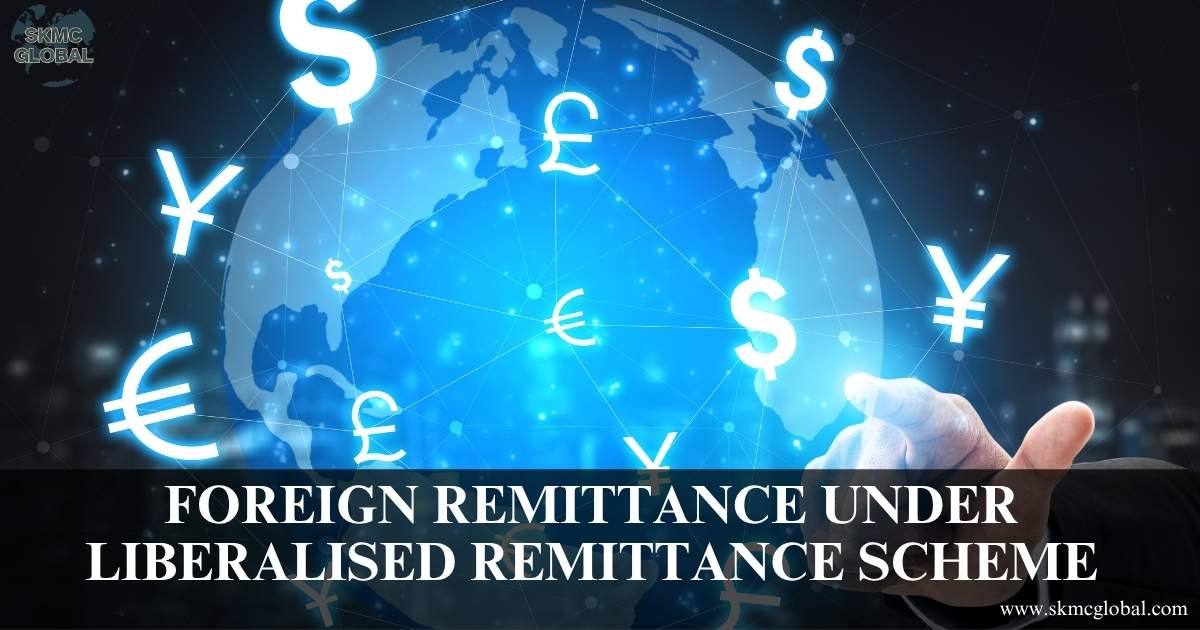 Foreign Remittance under liberalised remittance Sc...
Jul 30,2025
Foreign Remittance under liberalised remittance Sc...
Jul 30,2025
-
 A Step-by-Step Guide to Becoming a GCC AEO...
Jul 18,2025
A Step-by-Step Guide to Becoming a GCC AEO...
Jul 18,2025
-
 Role of Mutual Recognition Agreements under AEO an...
Jul 14,2025
Role of Mutual Recognition Agreements under AEO an...
Jul 14,2025
-
 What is Anti Dumping Duty investigation and its pr...
Jul 09,2025
What is Anti Dumping Duty investigation and its pr...
Jul 09,2025
-
 Annual return requirement under RoDTEP scheme of D...
Jul 09,2025
Annual return requirement under RoDTEP scheme of D...
Jul 09,2025
-
 EPCG Registration: A Step by step Guide for Indian...
Jul 08,2025
EPCG Registration: A Step by step Guide for Indian...
Jul 08,2025
-
 Why Logistics Outsourcing Is the Future of Smart S...
Jun 02,2025
Why Logistics Outsourcing Is the Future of Smart S...
Jun 02,2025
-
 India's Foreign Trade Agreement and Investment Tre...
May 31,2025
India's Foreign Trade Agreement and Investment Tre...
May 31,2025
-
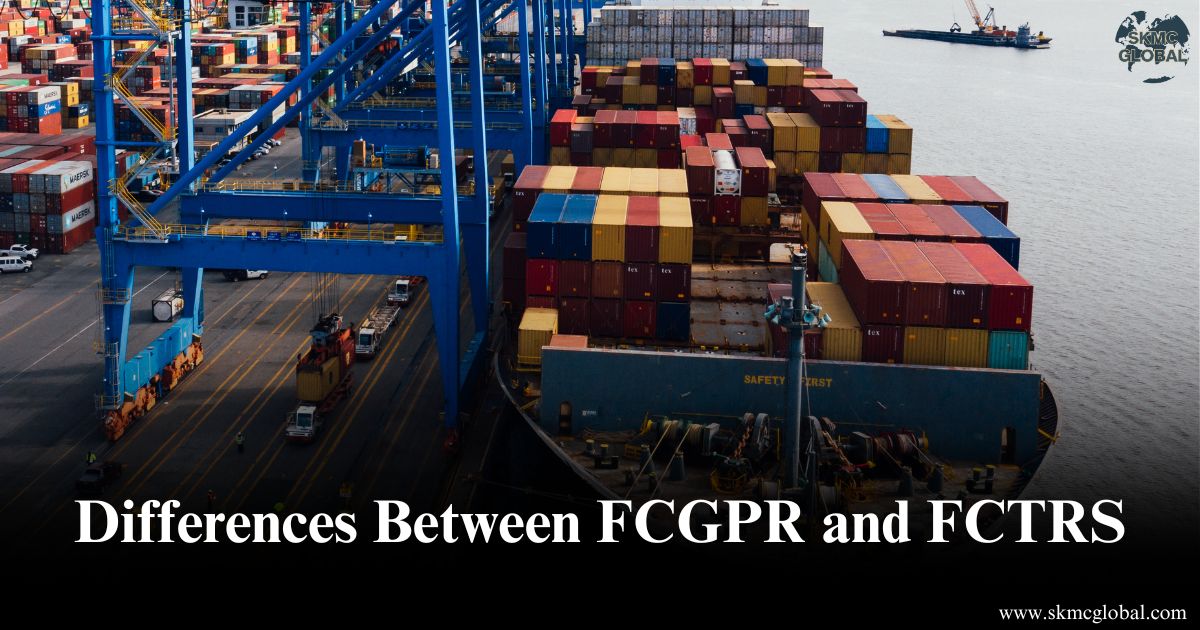 Differences Between FCGPR and FCTRS:A Comprehensiv...
May 28,2025
Differences Between FCGPR and FCTRS:A Comprehensiv...
May 28,2025
-
 Understanding FDI Norms- A Guide for Foreign Inves...
May 29,2025
Understanding FDI Norms- A Guide for Foreign Inves...
May 29,2025
-
 What you need to know about india's special econom...
May 27,2025
What you need to know about india's special econom...
May 27,2025
-
 Understanding ODI (Overseas Direct Investment) Und...
May 26,2025
Understanding ODI (Overseas Direct Investment) Und...
May 26,2025
-
 How to Track AEO Registration Application and Chec...
May 22,2025
How to Track AEO Registration Application and Chec...
May 22,2025
-
 Benefits or compliance under Indian Foreign Trade ...
May 20,2025
Benefits or compliance under Indian Foreign Trade ...
May 20,2025
-
 AEO v/s Non-AEO: Key Differences and Why Your Busi...
May 19,2025
AEO v/s Non-AEO: Key Differences and Why Your Busi...
May 19,2025
-
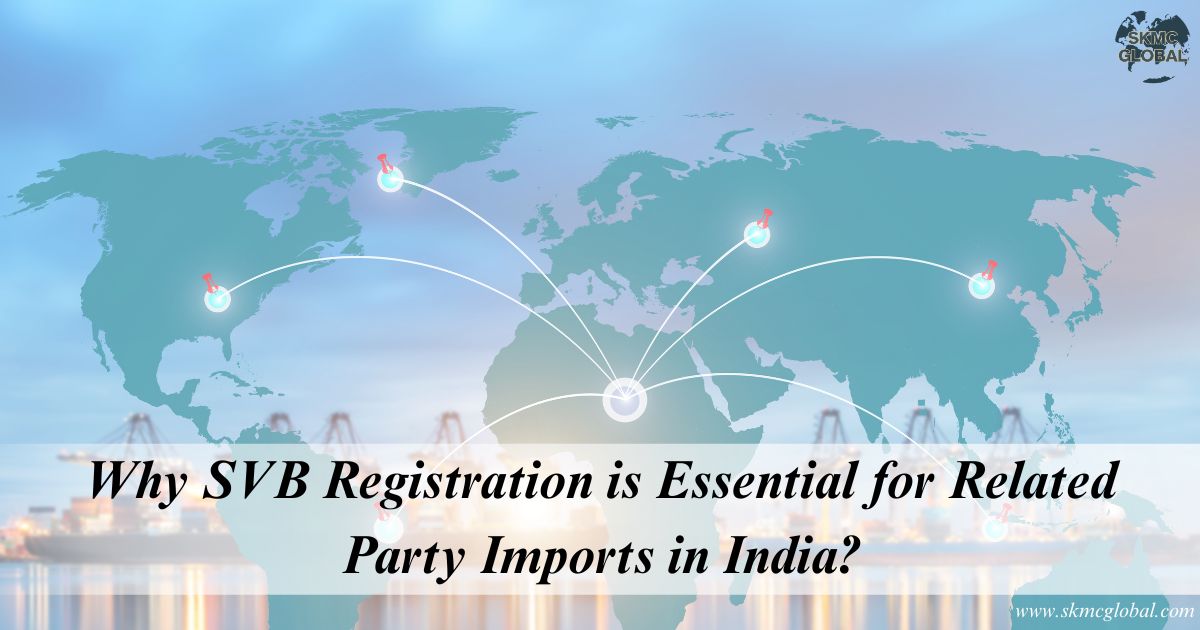 Why SVB Registration is Essential for Related Part...
May 19,2025
Why SVB Registration is Essential for Related Part...
May 19,2025
-
 How Mutual Recognition Agreements Augment AEO Cert...
May 15,2025
How Mutual Recognition Agreements Augment AEO Cert...
May 15,2025
-
 Customs Streamlining Refund Processes Through Auto...
Mar 17,2025
Customs Streamlining Refund Processes Through Auto...
Mar 17,2025
-
 Ekal Anubandh-Single Unified Multi-Purpose Electro...
Mar 06,2025
Ekal Anubandh-Single Unified Multi-Purpose Electro...
Mar 06,2025
-
 Revised guidelines on SVB assessment and its speed...
Aug 26,2021
Revised guidelines on SVB assessment and its speed...
Aug 26,2021
-
 5 ways about how you can fast track your SVB regis...
Jul 21,2021
5 ways about how you can fast track your SVB regis...
Jul 21,2021
-
 AEO Registration in UAE...
Nov 16,2021
AEO Registration in UAE...
Nov 16,2021
